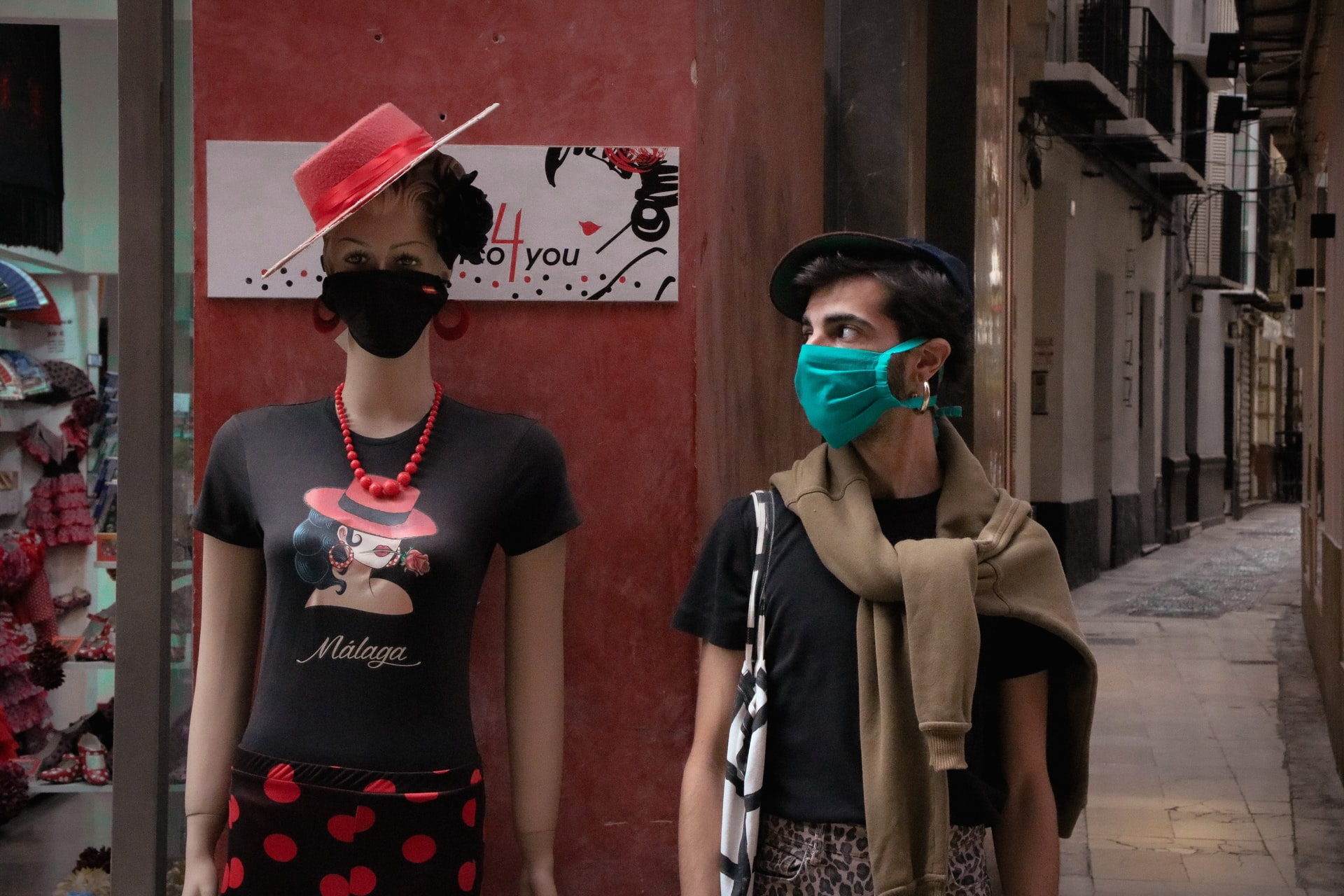Consumption and the COVID-19 Pandemic
Staying at home has completely changed our buying behaviors. Consumption during the COVID-19 pandemic has accelerated our technological advancement and reliance on technology in a condensed amount of time. When it comes to the adoption of digital, we have “covered a decade in days,” as a report released by McKinsey & Company puts it.
Today’s pandemic lifestyle continuously changes how we consume not only goods, but media. Homebound consumers are watching more TV and consuming more visual media. Consistently and across the board, digital visits of websites for various categories such as games, retail, and health, news sites, government sites, and entertainment experienced a peak in usage around mid-April 2020, normalizing to a higher value than pre-pandemic times. (Travel sites, unsurprisingly, were one of the few sectors to fall, a plummeting decline in April 2020 followed by a lower rate of return visits since.) The big winner in the time sweepstakes was video. With fewer reasons to commute, podcasts, for example, have seen little new uptake, with 58 percent of those surveyed by Epsilon across various generations saying their audio-based consumption stayed the same.
Increased visual input shapes advertising strategies and company output, in turn evolving the dynamic relationship between consumer and company. As consumers spend more time online, whether to watch or to buy, companies and advertisers meet us there. Consumer influencer and word-of-mouth marketing strategies have increased, and building brand loyalty and an online community based on online interaction is a common goal. The cyclical nature and increasing reliance on digital technology for pleasure, work, essentials and entertainment reshapes our relationships online and offline.
Yet increased online communication and interaction create new challenges. Distancing and staying at home create a new regimen of convenience; more consumers now turn to technology to help them with tasks like shopping, and direct to consumer shopping has grown in popularity as a result of disrupted supply chains or stock shortages. Perhaps not surprisingly, then, COVID-19 has been a boon for the continued dominance of large corporations. Meanwhile, the increased incorporation of artificial intelligence into all aspects of life is spurred on by this desire for convenience.
As for consumers, we have found new and already existing movements upon which to ground our moral beliefs, and we have found different ways to react to this surge of e-commerce and consumption. The act of consumption serves as a form of self-expression, connection, and action. An underlying thread within this convergence of digital and demand, however, is a craving for personal control and the ability to represent their authentic, cultural identities while supporting the well-being of ourselves and others.
Lockdown living, the ‘new normal’ for much of the global population, has helped realign values while shifting existing ones like climate change, equity and sustainability to the forefront of our minds. While these issues existed before the pandemic, now, they are increasingly integrated into consumer thinking, just as diversity, equity and inclusion seem to achieve concrete implementation in the corporate world today. Nonetheless, not consuming serves as another form of self-representation. Going green, consuming less, and minimal living are reactions to today’s oversaturated consumerism.
This series looks at consumption and how it serves as a form of identity-representation, meaning making, and connection for us. Amidst the COVID-19 pandemic, our modes of consumption have changed, interlacing our interactions, communications, and consumer habits with one another. At this moment, consumers are projected to continue to embrace online functionality, with some sectors even set to grow thanks to their online presence. Living amidst a pandemic has permanently changed how we consume, yet perhaps more unknowingly, it has changed our interactions, connections and representations of ourselves with and amongst our communities. Through the convergence of consumption and going online, we are fundamentally changing where we live, how we choose to live and who we are as a collective of humans.
This article is part of a series on consumption during the COVID-19 pandemic. As we surpassed the 1-year mark of lockdown living, the series looks at how the ways that we connect, communicate, and live have changed. From increased surveillance and usage of personal data for the purpose of surveillance, to restructuring our homes to better meet our changing demands, the pandemic has jumpstarted new trends while accelerating some already existing. It has challenged the ways that we cope and ignited conversation on the need for better support systems such as for mental health and well-being. For further reading, follow the series on Social Science Space with the tag “COVID and Consumption”.



























































































